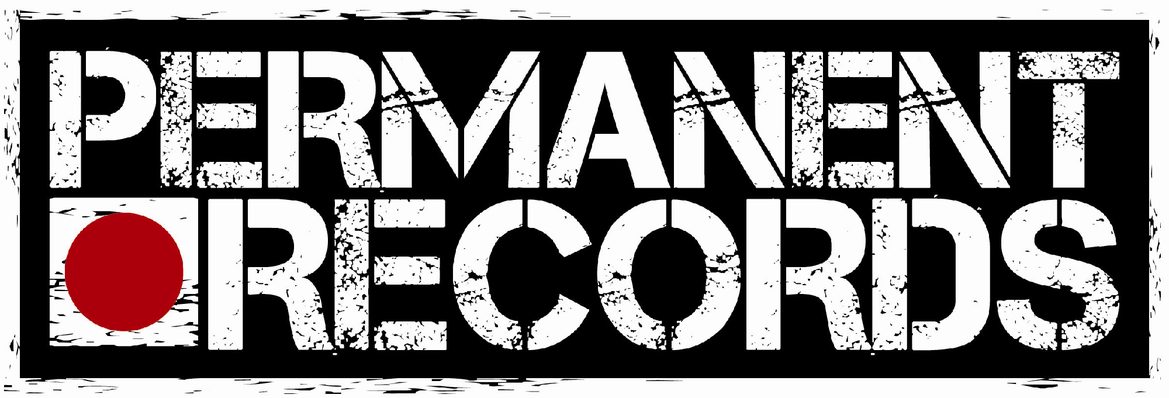A big problem I hear in music these days from sources such as MySpace
and iComp is big, flubby bass tones, harsh highs and overly round mids.
Using eq is as much technique as it is taste, and using it properly can
seem counter-intuitive at times.
For starters, don't solo things and eq them until they sound great. I
mean there's no harm in soling something and hearing it back to you
naked and alone, but that's not going to tell you anything in the grand
scheme of your mix. While it may sound amazing on it's own, it will
quickly get lost in the mix or be overpowering.
Start out by thinking, and leave the [virtual?] knobs alone. Listen
to what you want to eq - there must be a reason, or you wouldn't be
reaching for those knobs. Learn to identify what you are going for
instead of just thinking it sounds wrong. Be specific, try not to get
lost in the "needs more bass" or "too much high end". Think of things
like "the kick drum needs more attack" or "this guitar is cutting
through too much". Identify specifics in the sound that you'd like to
change.
Here is a common example - the kick drum. People obsess over finding
the "perfect" kick sound and I think more often than not kick drums are
eq'd to the point that it hardly sounds like a kick at all, and more
like a frequency-stealing, overly tubby entire-low-end-of-the-mix. So
our imaginary kick drum is your average, tuned pretty well 22" kick with
a hole in the front that we've crammed a shure PG52 into. We've decided
that it needs more oomph in the low end and more attack. It's also a
little tubby and so it needs to be tighter for our upbeat track we're
working on.
First things first, we'll work on the attack. That will get it
sounding a bit tighter because there will be a more apparent beginning
to the kick. We take our eq, set the Q really high so we have a narrow
width, and we drop it all the way to the bottom and sweep it until we
find the frequency that the attack is - just loop the kick, and sweep
around until the attack disappears. Bring the eq back to flat, and
gently scoop out frequencies around the attack until it sharpens up to
how you like it. Basically by scooping out the crap you don't want, you
make your source more defined. Next we cut off the lowest frequencies,
say a high pass filter [or low cut filter, depending on how you
interpret it] around 60hz to cut out the rumble, and then reevaluate the
low end. It may sound beefier just by removing some of the waste
between the lows and the attack - if it needs a little more we can add a
few DBs either by boosting specific frequencies if that is what it
takes, or by choosing a low shelf pattern and boosting up the entire low
end. Another option would be filling out the sound by putting on a good
compressor - this can beef it up as well. Lastly I would either put a
gate on it to determine the length of the kick or use my compressor
setting's release to determine the length - both ways provide different
sounds, so try them out.
Example #2, distorted guitar. It's your run of the mill rhythm track.
It's a little dull sounding. Time to boost the highs? Instead I would
see if there's a build up of mids or lows. If you pull out the lower
stuff, the upper end is brighter because it's not being overwhelmed by
the lower frequencies. Cutting is unique when eqing, because it works
in opposites - this may be why people have such a hard time working with
it. Cutting produces a much more natural sound than boosting because
you aren't adding anything that isn't already there. You can cut many
more db before it starts to sound unnatural by cutting than you can by
boosting.
Other EQ tips:
- Cut and boost using broad strokes; sharp boosts and dips draw more attention to being altered than broader ones. When you are cutting you can get pretty surgical but when boosting you want it wider otherwise it begins to get honky or fake sounding
- Dip out frequencies that aren't produced by the instrument to clean up your sound, for example on my mandolin I often use a filter to drop out below 300hz to eliminate some of the rumble
- Eq things in context; eq them "in the mix" for best results when
mixing tracks and shaping your tone, and soloed when using eq to correct problems like sibilance and string squeal - Vary the types of eq you use; there are many eq shapes, learn which ones are better for which tasks and use them all to vary your tonal options. Different eq brands will have different tones as well, and doing the same thing on different eqs may yeild different results
For the most part, parametric eqs are used for taste, and graphic eqs are used for fixing. Learn to use both effectively, and your mixes will sound a whole lot smoother with more space for every instrument.
November 4, 2010
